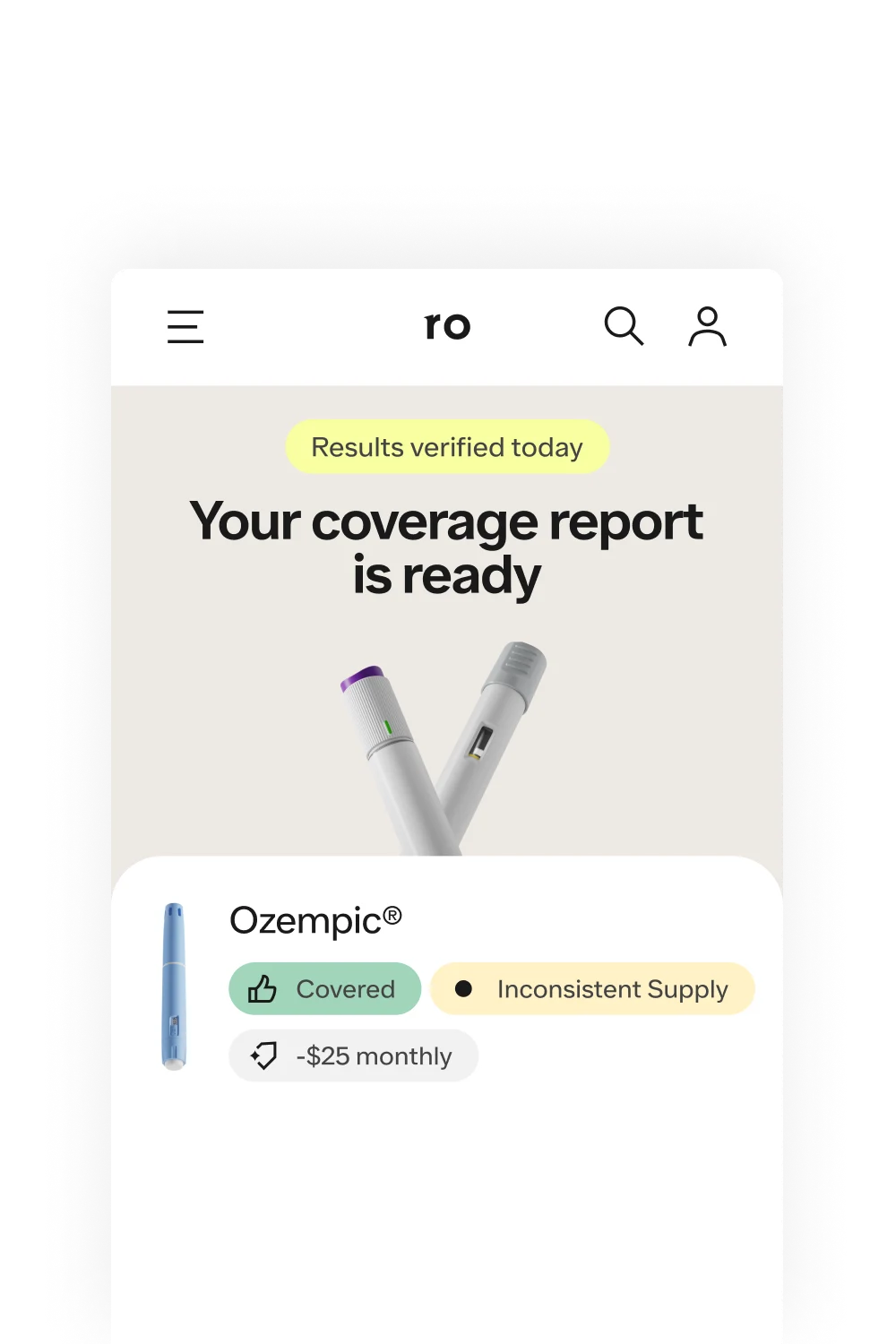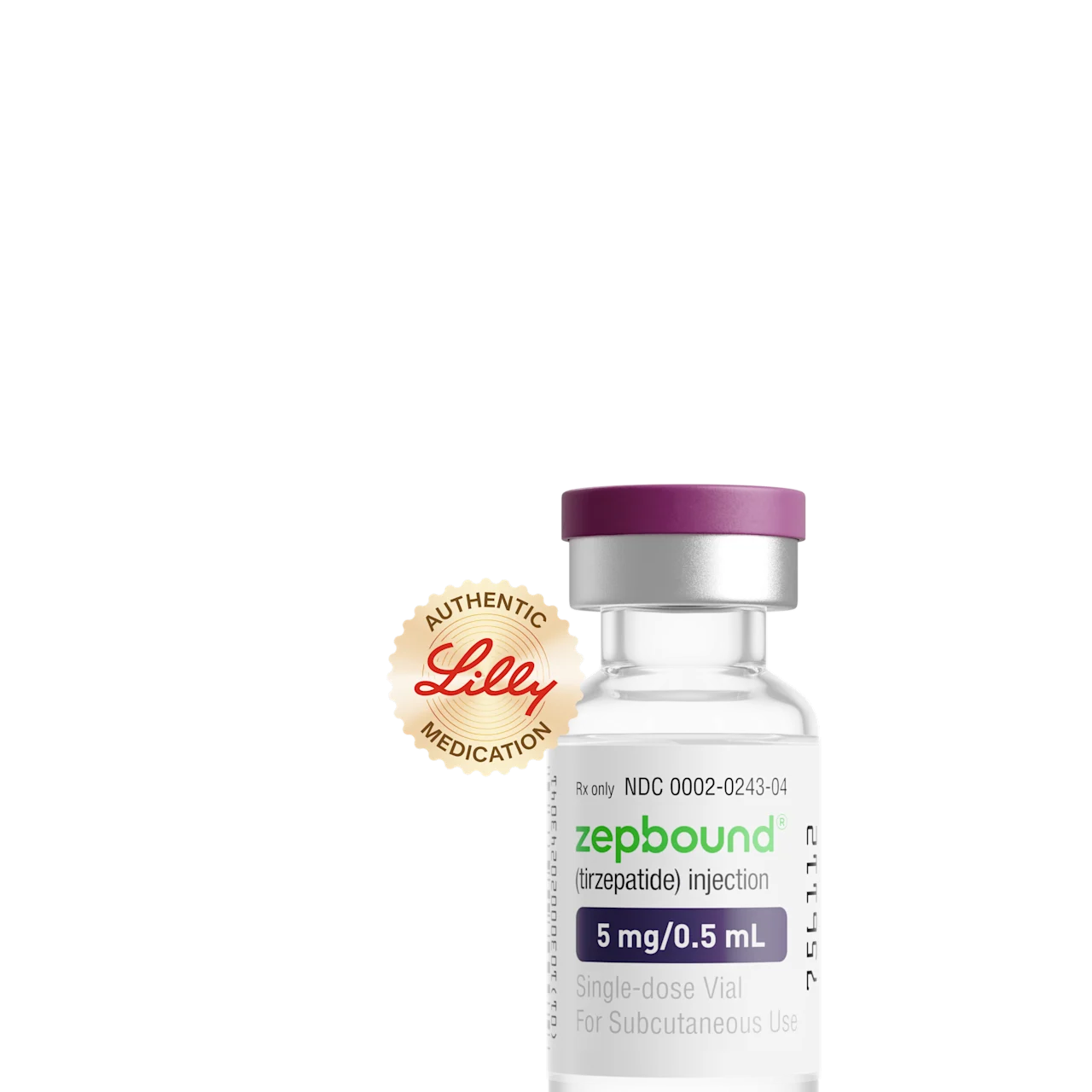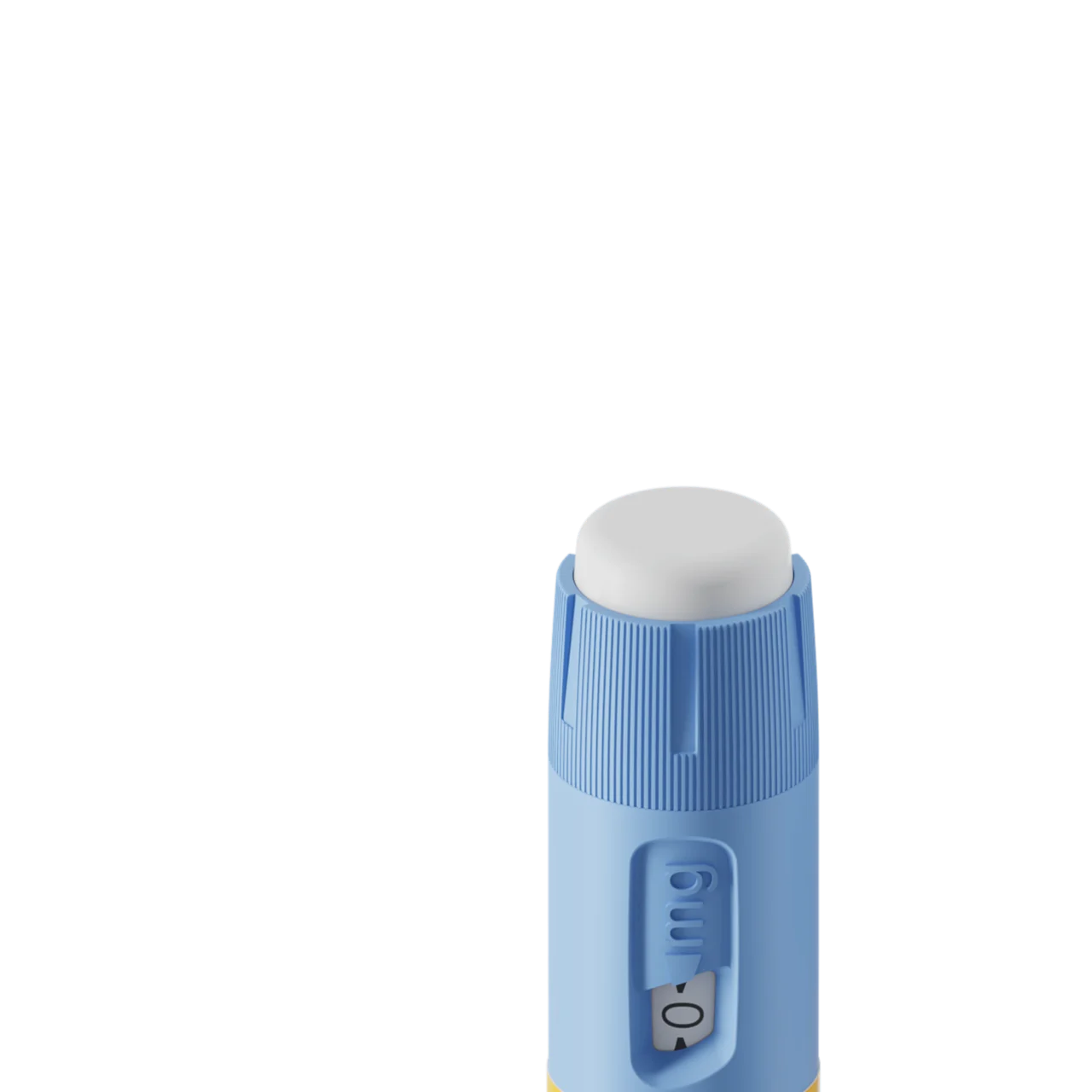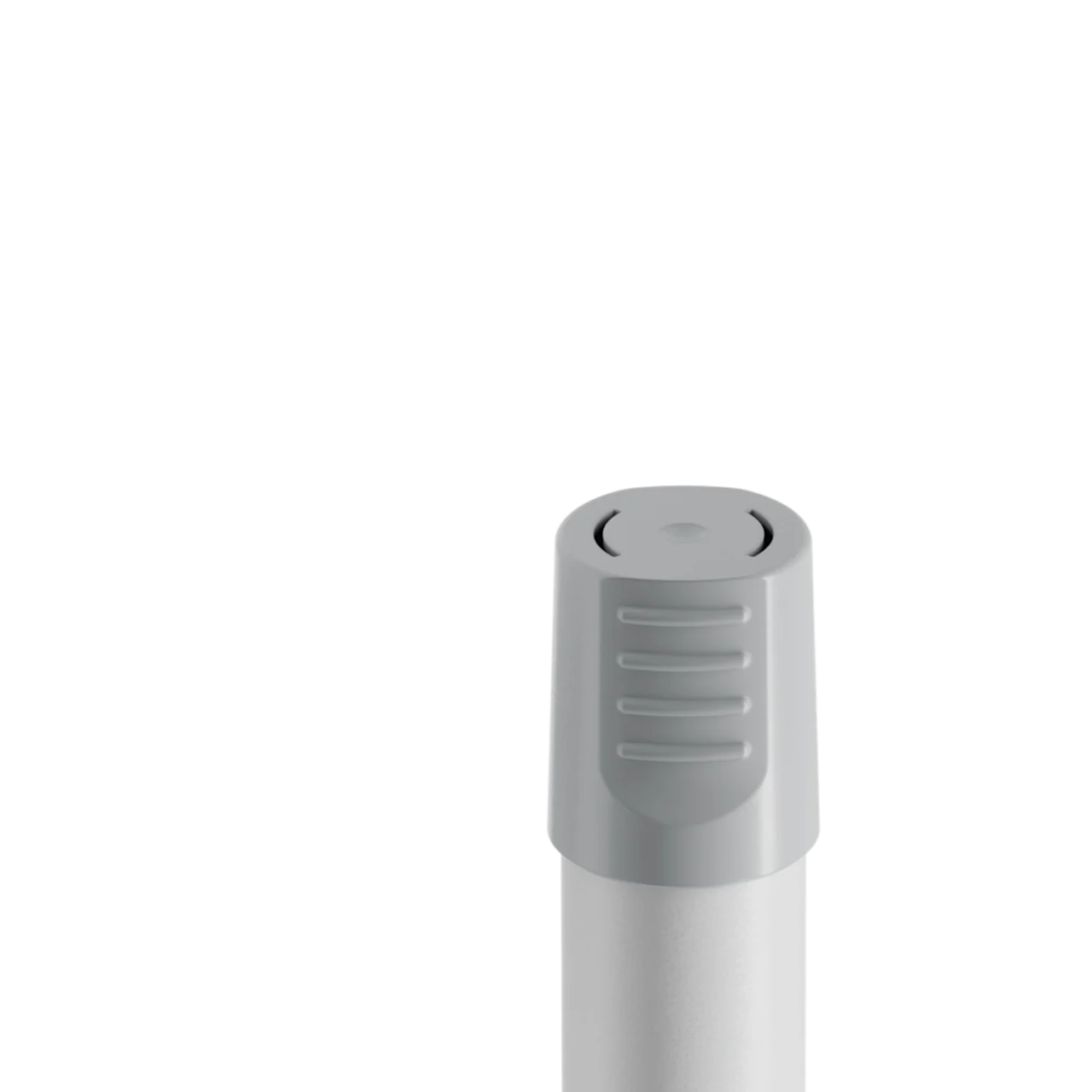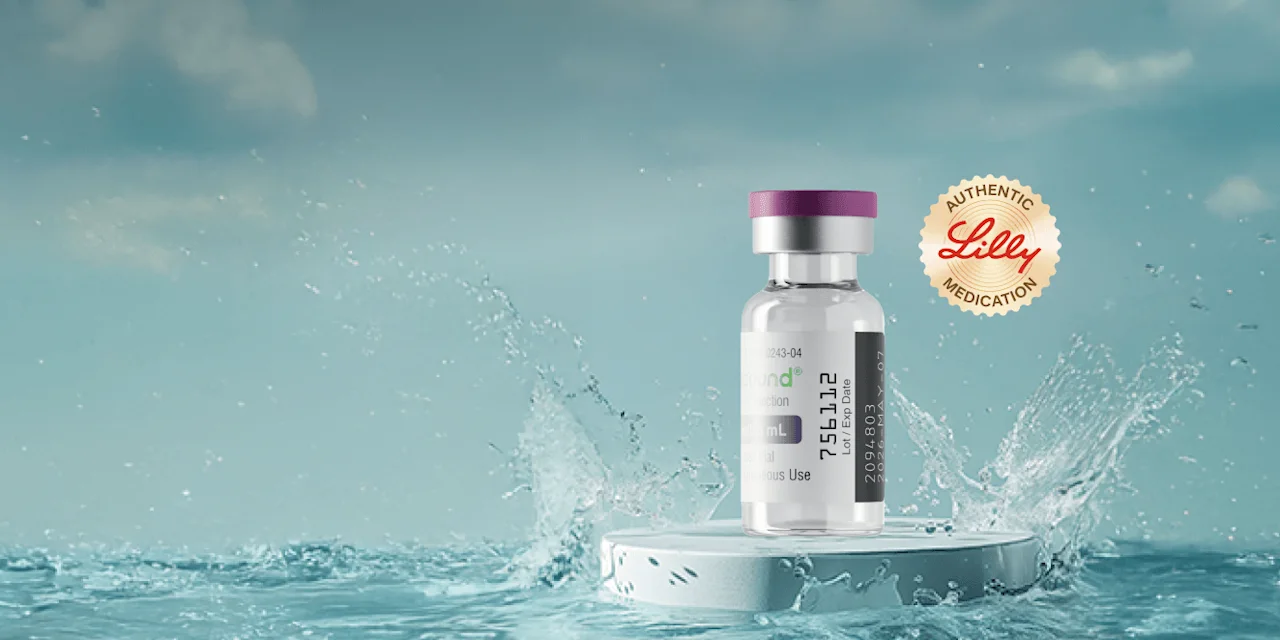Key takeaways
Ozempic dosing depends on several factors, such as how long you’ve been on the medication and how well you’re tolerating it.
The usual starting dose of Ozempic is 0.25 mg injected once a week for one month. From there, a healthcare provider will likely increase the dose every four weeks to achieve optimal benefits while minimizing side effects.
Ozempic comes in four dosage strengths: 0.25 mg, 0.5 mg, 1 mg, and 2 mg.
Here's what we'll cover
Key takeaways
Ozempic dosing depends on several factors, such as how long you’ve been on the medication and how well you’re tolerating it.
The usual starting dose of Ozempic is 0.25 mg injected once a week for one month. From there, a healthcare provider will likely increase the dose every four weeks to achieve optimal benefits while minimizing side effects.
Ozempic comes in four dosage strengths: 0.25 mg, 0.5 mg, 1 mg, and 2 mg.
Ozempic (semaglutide) has become not only widely recognized but, dare we say, also a household name among current and potential patients and the general public. But while most folks are likely familiar with the medication’s approved purpose for managing type 2 diabetes and off-label use for weight loss, they may not be as well-versed in Ozempic dosing. Here’s the thing, though: getting the dosage right plays a crucial role in achieving optimal results from the drug.
So, let’s get into it. Ahead, we explain the typical Ozempic dosing schedule, how it’s scaled up, when a person’s dose might change, and what to do if you miss a dose or take too much.
What is a typical Ozempic dose?
The typical dose of Ozempic (semaglutide) ranges from 0.25 mg to 2 mg, given once weekly. The Ozempic dosing schedule and approach is generally the same whether you’re taking it to manage diabetes, reduce cardiovascular risks, or off-label for weight loss (or all of the above). There are some situations where a healthcare provider may suggest a different dosage due to individual variables such as how well you tolerate the medication. First, let’s cover the basics of Ozempic dosing.
Available doses of Ozempic
There are four dosage strengths of Ozempic, all of which have been approved by the US Food and Drug Administration (FDA) to control blood sugar in people with type 2 diabetes or to reduce the risk of major cardiovascular events (e.g. heart attack, stroke) in adults with type 2 diabetes and heart disease.
Available doses of Ozempic include:
0.25 mg
0.5 mg
1 mg
2 mg
Ozempic comes in different prefilled injection pens, each of which contains multiple doses and can last four weeks or one month. They're colored-coded to help you easily identify the dose:
Red: 0.25 mg and 0.5 mg (four doses of 0.25 mg or two doses of 0.5 mg)
Blue: 1 mg (four doses of 1 mg)
Yellow: 2 mg (four doses of 2 mg)
No matter the dose prescribed, the medication is injected just under the skin (called a subcutaneous injection) into areas like the abdomen, thigh, or upper arm once weekly.
What is the starting dose and maintenance dose of Ozempic?
The starting dose of Ozempic is generally 0.25 mg injected weekly. From there, if it’s appropriate, your healthcare provider will gradually increase your dose every four weeks. This process, which is known as titration, helps your body adapt to the medication, minimizing side effects such as nausea, diarrhea, and abdominal pain while ensuring the drug’s effectiveness.
Typically, your healthcare provider will continue titration until finding a suitable maintenance dose (i.e. 0.5 mg, 1 mg, or 2 mg weekly) for long-term use. The goal is to find the lowest dose that allows you to see the desired effects from the drug (e.g. optimal blood sugar control) without causing unnecessary side effects. More specifically, staying at a lower dose can help to minimize gastrointestinal discomfort, the most common side effect of semaglutide.
To find the right Ozempic dosage, your healthcare providers will likely guide you along a once-weekly dosing schedule that typically looks like this:
Timeframe | Ozempic (semaglutide) dose |
Weeks 1–4 | 0.25 mg once weekly |
Weeks 5–8 | 0.5 mg once weekly |
Weeks 9–12 | 1 mg once weekly |
Weeks 13+ | 2 mg once weekly |
During titration, you will stay in close contact with your provider to check in about how you’re tolerating the drug, whether you’re experiencing any side effects, your blood glucose control, and the rate of any weight loss. This will help your healthcare provider decide how, if at all, to adjust your dose.
What is the typical Ozempic dosage for weight loss?
As mentioned above, Ozempic is FDA-approved to treat type 2 diabetes and to reduce the risk of major cardiovascular events in certain populations, though it’s often prescribed off-label for weight loss. Because Ozempic is not officially approved for this purpose, its dosage for weight loss can vary, but typically follows the same incremental approach used in diabetes care.
In other words, you’ll likely start by taking 0.25 mg of the drug once a week for four weeks. After this initiation period, your healthcare provider will likely increase your dose to 0.5 mg once a week for four weeks or until finding the ideal dose for you and your goals. Ultimately, the optimal maintenance dose—be it for weight loss or for blood sugar control—varies from person to person. For some, 1 mg weekly is sufficient while others may require the maximum amount of 2 mg per week.
What is the maximum dose of Ozempic for weight loss?
The maximum dose of Ozempic for weight loss is 2 mg once a week. Not everyone will require the maximum dose to achieve their weight loss goals—and some people can’t tolerate it due to side effects. Your healthcare provider may prescribe 2 mg if lower doses do not achieve the desired weight loss or blood sugar control. The appropriate dose will depend on how your body responds to the medication.
That said, you can’t discuss Ozempic dosing for weight loss without calling out Wegovy, a higher-dose version of the same active ingredient (semaglutide) that’s FDA-approved for weight loss and reducing cardiovascular risks in people with obesity or overweight. Wegovy also follows a structured dosing schedule that starts at 0.25 mg per week for at least four weeks. Unlike Ozempic, however, the medication can be increased to 1.7 mg or 2.4 mg per week.
Rx weight loss with Ro
Get access to prescription weight loss medication online
Does your Ozempic dose change with medical conditions?
Pre-existing medical conditions can sometimes impact a person’s dose of medications, but that’s typically not the case for Ozempic. While there are few situations where age or medical treatment could change your Ozempic dose, having medical conditions won’t actually affect it.
For example, certain health issues, like kidney (renal) or liver impairment, can sometimes mean that dosages of certain medications have to be adjusted. This is because the kidney and liver are responsible for processing medications, and it’s possible to overtax them. If you have existing kidney problems and experience common Ozempic side effects like diarrhea and vomiting, your healthcare provider might monitor kidney function while you’re going up with your Ozempic dose. However, while the kidneys process semaglutide in the body, you typically won’t need to adjust your Ozempic dose.
If you already take certain prescription drugs for diabetes, you may need a dose adjustment of the other medications you take. These diabetes medications—including insulin and sulfonylureas —help to manage diabetes by lowering your blood sugar. If you begin taking Ozempic (which also lowers blood sugar), it’s possible that your blood sugar levels could dip dangerously low. This doesn’t mean that you can’t take Ozempic if this applies to you—just that you may need to monitor your blood sugar levels a little more closely to make sure your dose is appropriate. Check with your healthcare provider before changing any medication dosages.
What to do if you miss a dose of Ozempic
Missing a dose of Ozempic isn’t the end of the world, but you should take a missed dose as soon as you remember. You can do it at any point over the course of five days from the missed dose. However, if more than five days have passed since you were supposed to take your dose, just skip the missed dose and take your next dose at the normally scheduled time. From there, you can just resume your normal weekly dosing schedule.
The reason for this is that you don’t want to take two doses of Ozempic too close to each other. Doing so can leave you with too much Ozempic in your system, putting you at higher risk of side effects.
So, let’s say you typically take your Ozempic dose on Fridays at 8 am. But you missed your usual administration. Here’s what to do…
Before Wednesday at 8 am: Take your missed dose anytime, though it’s best to take it as soon as possible once you realize you’ve missed your dose
After Wednesday at 8 am: Wait until your next usual dose on Friday at 8 am
How to avoid missing an Ozempic dose
It can be hard to remember to take medication at the same time every week, especially if you don’t keep to a strict schedule. A few tricks can help you to stay on track:
Set a weekly alarm or calendar reminder on your phone
Use a dedicated medication reminder app
Time your Ozempic dose with other weekly activities on your calendar (e.g. religious services, a sporting event, regularly scheduled work meeting)
How to change your Ozempic injection day
If you want to change your Ozempic injection day, you can do so easily—as long as you follow a few guidelines. The important thing to remember is there must be at least 48 hours between your last dose and the next dose. For example, if you normally inject on Fridays but want to switch to Mondays, you would take your next dose on Friday, then wait until Monday for the new schedule.
To make the change:
Pick your new injection day.
Ensure the time between your last dose and the new day is at least 48 hours (i.e. two or more days).
Resume your weekly injections on the new day.
This allows for a smooth transition without disrupting the effectiveness of the medication or increasing the risk of side effects.
Can you overdose on Ozempic?
Ozempic comes in a form that’s designed to be simple and straightforward to use. It comes in a prefilled injector pen with a dial that you can turn to select your prescribed dose before giving yourself the injection. This helps to make it easy for you to inject the right amount.
If you accidentally take too much Ozempic, call your provider immediately. A couple of things could occur, but the most risky one is hypoglycemia, or low blood sugar (glucose). The other risk is exacerbated gastrointestinal discomforts, such as nausea, vomiting, diarrhea, abdominal pain, or constipation.
Hypoglycemia is common in people with type 1 diabetes who need to take insulin to control their blood glucose levels. Even though less common, people with type 2 diabetes mellitus who take too much semaglutide can also develop hypoglycemia, especially if they’re already taking other diabetes medications, like insulin.
This is because one of the ways Ozempic works is by reducing blood sugar. Taking too much may bring sugar levels too far down for too long. While treating such a dip in blood sugar can be relatively simple, it’s vital you do so in a timely manner.
Fortunately, blood sugar can be easily checked with a small device called a glucometer. You should also monitor for symptoms of hypoglycemia, including:
Feeling cold and clammy
Feeling weak, sleepy, or dizzy
Headache
Confusion
Nausea and vomiting
Shaking
Blurry vision
You can treat hypoglycemia by eating or drinking sugar (carbohydrates) and monitoring your symptoms. The ideal carbs for this treatment are quick, sugary, and swiftly absorbed by the body. Examples include cake frosting, soda (not diet), fruit juice, jelly, and honey. Some providers call this the “15-15” rule: consume 15-20 grams of carbohydrates and wait 15 minutes to see if symptoms improve and blood sugar rises. If not, repeat the process again. If your symptoms are severe and aren’t improving, seek immediate medical attention.
DISCLAIMER
If you have any medical questions or concerns, please talk to your healthcare provider. The articles on Health Guide are underpinned by peer-reviewed research and information drawn from medical societies and governmental agencies. However, they are not a substitute for professional medical advice, diagnosis, or treatment.
Ozempic Important Safety Information: Read more about serious warnings and safety info.
Wegovy Important Safety Information: Read more about serious warnings and safety info.
Chamberlin, S. & Dabbs, W. (2019). Semaglutide (Ozempic) for type 2 diabetes mellitus. American Family Physician, 100(2), 116–117. Retrieved from https://pubmed.ncbi.nlm.nih.gov/31305048/
Collins, L. & Costello, R. A. (2022). Glucagon-like peptide-1 receptor agonists. StatPearls. Retrieved from https://www.ncbi.nlm.nih.gov/books/NBK551568/
Lipska, K. (2023). Patient education: Hypoglycemia (low blood glucose) in people with diabetes (Beyond the Basics). UpToDate. Retrieved from https://www.uptodate.com/contents/hypoglycemia-low-blood-glucose-in-people-with-diabetes-beyond-the-basics
Novo Nordisk-a. (2024). Dosing for Ozempic (semaglutide) injection. Retrieved from https://www.ozempic.com/how-to-take/ozempic-dosing.html
Novo Nordisk-b. (2024). Frequently asked questions about Ozempic (semaglutide) injection. Retrieved from https://www.novomedlink.com/diabetes/products/treatments/ozempic/about/frequently-asked-questions.html
Novo Nordisk. (2023). Ozempic. Retrieved from https://www.novo-pi.com/ozempic.pdf
Novo Nordisk-c. (2024). Ozempic: Dosing and Administration. Retrieved from https://www.novomedlink.com/diabetes/products/treatments/ozempic/dosing-administration/ozempic-pen.html
Novo Nordisk-d. (2024). Talking to your patients about Ozempic (semaglutide) injection. Retrieved from https://www.novomedlink.com/diabetes/products/treatments/ozempic/resources/for-pharmacists.html
Phillips, A. & Clements, J. N. (2022). Clinical review of subcutaneous semaglutide for obesity. Journal of Clinical Pharmacy and Therapeutics, 47(2), 184–193. doi: 10.1111/jcpt.13574. Retrieved from https://pubmed.ncbi.nlm.nih.gov/34964141/
Shu, Y., He, X., Wu, P., et al. (2022). Gastrointestinal adverse events associated with semaglutide: A pharmacovigilance study based on FDA adverse event reporting system. Frontiers in Public Health, 10, 996179. doi: 10.3389/fpubh.2022.996179. Retrieved from https://www.ncbi.nlm.nih.gov/pmc/articles/PMC9631444/
U.S. Food and Drug Administration (FDA-a). (2024). Medications containing semaglutide marketed for type 2 diabetes or weight loss. Retrieved from https://www.fda.gov/drugs/postmarket-drug-safety-information-patients-and-providers/medications-containing-semaglutide-marketed-type-2-diabetes-or-weight-loss
U.S. Food and Drug Administration (FDA-b). (2024). Prescribing Information: Wegovy (semaglutide) injection, for subcutaneous use. Retrieved from https://www.accessdata.fda.gov/drugsatfda_docs/label/2024/215256s011lbl.pdf



